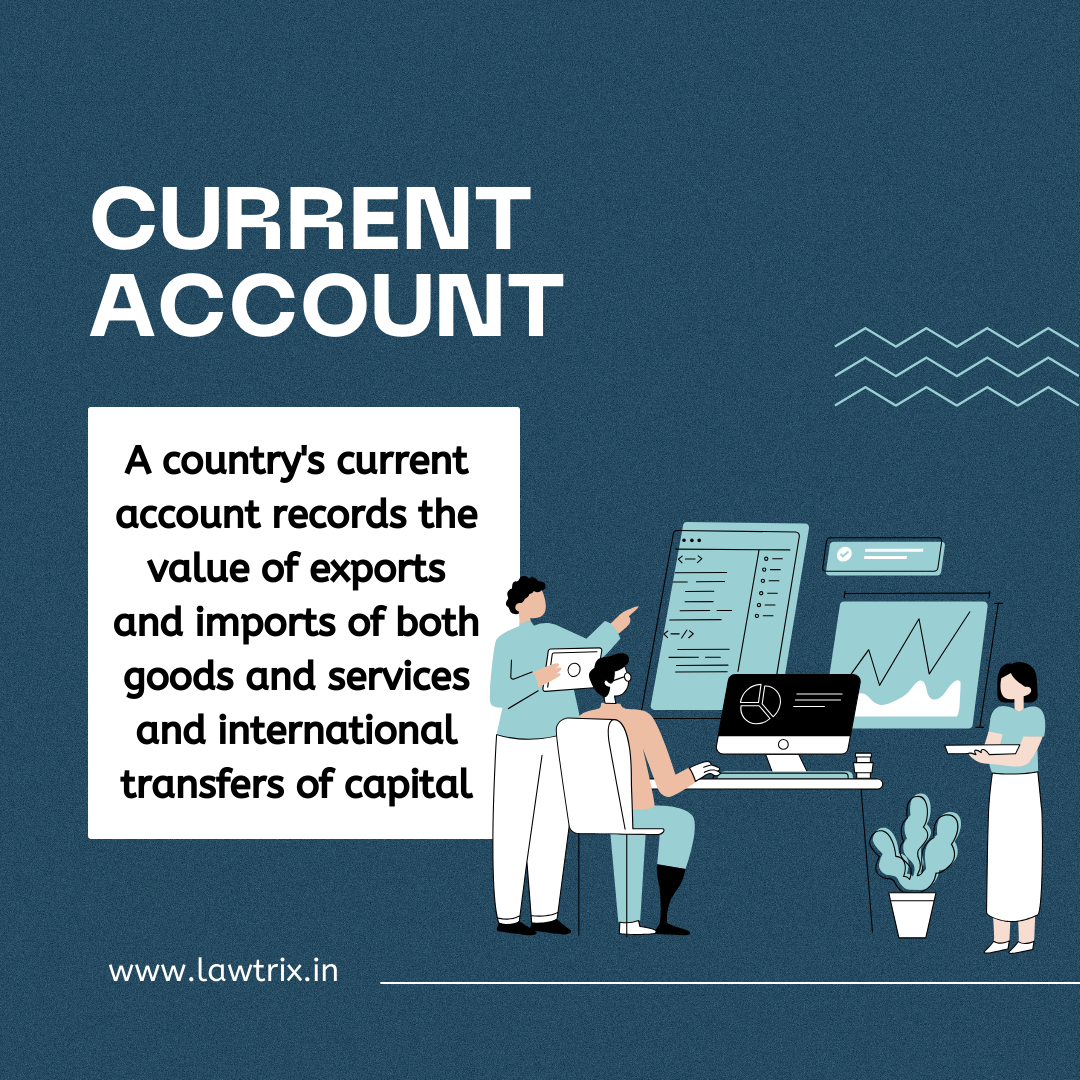


In macroeconomics and international
finance, a country's current account records the value
of exports and imports of both goods and services and
international transfers of capital. It is one of the two components of
the balance of payments, the other being the capital account (also
known as the financial account). Current account measures the nation's earnings
and spendings abroad and it consists of the balance of trade, net primary
income or factor income (earnings on foreign
investments minus payments made to foreign investors) and net unilateral
transfers, that have taken place over a given period of time. The current
account balance is one of two major measures of a country's foreign trade (the
other being the net capital outflow). A current account surplus indicates
that the value of a country's net foreign assets (i.e. assets less
liabilities) grew over the period in question, and a current account deficit
indicates that it shrank. Both government and private payments are included in
the calculation. It is called the current account because goods and services
are generally consumed in the current period.
In the context of
exports and imports, the current account includes:
1. Exports
of Goods and Services: The value of goods and services
that a country sells to other nations. This includes tangible goods like
machinery, electronics, and agricultural products, as well as intangible
services like tourism, consulting, and financial services.
2. Imports
of Goods and Services: The value of goods and services
that a country purchases from other nations.
3. Balance
of Trade: The balance of trade is the difference between the
value of exports and imports. If a country exports more than it imports, it has
a trade surplus; if it imports more than it exports, it has a trade deficit.
4. Net
Income from Abroad: This includes income earned by a
country's residents from investments and employment abroad, minus the income
earned by foreign residents within the country. For example, if a country's
companies have profitable investments in other countries, it adds to the
current account.
5. Net
Transfers: This includes foreign aid, grants, and remittances.
If a country receives more in aid or remittances than it sends out, it
contributes positively to the current account.
The current account is an important indicator of an economy's
speed. It is defined as the sum of the balance of trade (goods and
services exports minus imports), net income from abroad, and net
current transfers. A positive current account balance indicates the nation is a
net lender to the rest of the world, while a negative current account balance
indicates that it is a net borrower from the rest of the world. A current
account surplus increases a nation's net foreign assets by the amount of the
surplus, and a current account deficit decreases it by that amount.